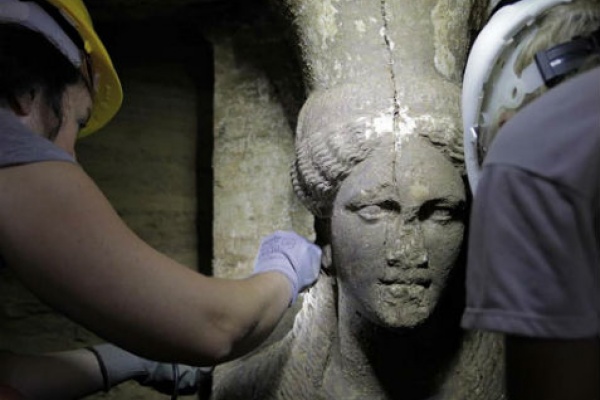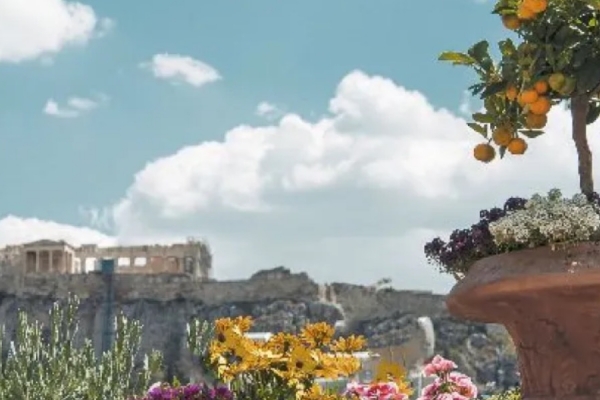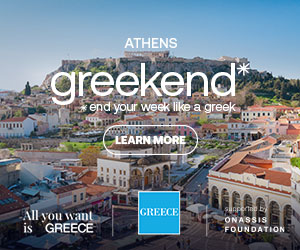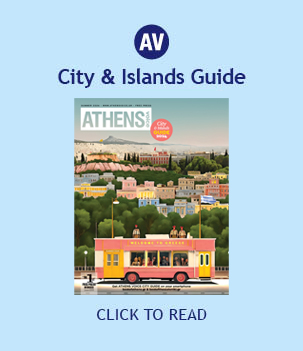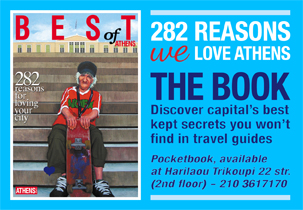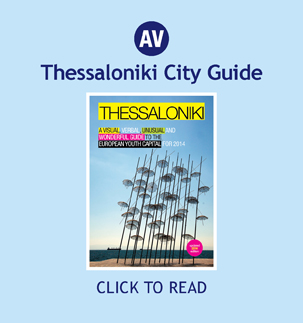“This is the most prominent tomb ever revealed in Greece”, writes the New York Times in its article about the ancient findings of the Amphipolis. The article highlights the discovery of the two Caryatids, which is believed “they protect the treasures of the tomb dating during the 4th century BC”, noting further that, as the findings suggest, “it should be the tomb of an eminent person of the ancient Macedonia of the era of Alexander the Great, which results to all kinds of speculations about the identity of the deceased”.
According to the article, Andrew Tsag, investigator and author of the book “Seeking the tomb of Alexander the Great”, believes that the tomb probably belongs to either the mother of Alexander, Olympia or his wife Roxanne.
In the meantime, the Greek Culture Ministry released the first design, a representation of the tomb, as depicted by the Ministry’s architect Michalis Lefantzis.
The drawing shows all the excavation work of archaeologist Katerina Peristeri and her team, and their progress so far.
Further to the pictures and drawing of the Culture Ministry, images from Google Maps taken from space satellites, show the magnificent ancient tomb from above.
The 497 meters burial site forms an almost perfect circle that once again reflects the amazing wonders humans can create, taking into account that this monumental structure was built thousands of years ago.
New York Times, in a different article, also makes an extended report in regard to the upcoming expedition in the sea area of Antikythira, with emphasis to the “highly advanced technical equipment” to be used and especially the divers’ suits which is designed to give them the ability to prolong their stay at the bottom of the sea. The shipwreck of Antikythira was first discovered in 1900. After the initial discovery, it was then explored only once in 1976 by Jacques Cousteau for a few weeks, until the winter of 2012, when a divers’ team from Woods Hole and the Greeks set off for a more systematic exploration in the sea around the island. The article further refers to a second shipwreck while historical sources portray the two ships to be travelling together.
